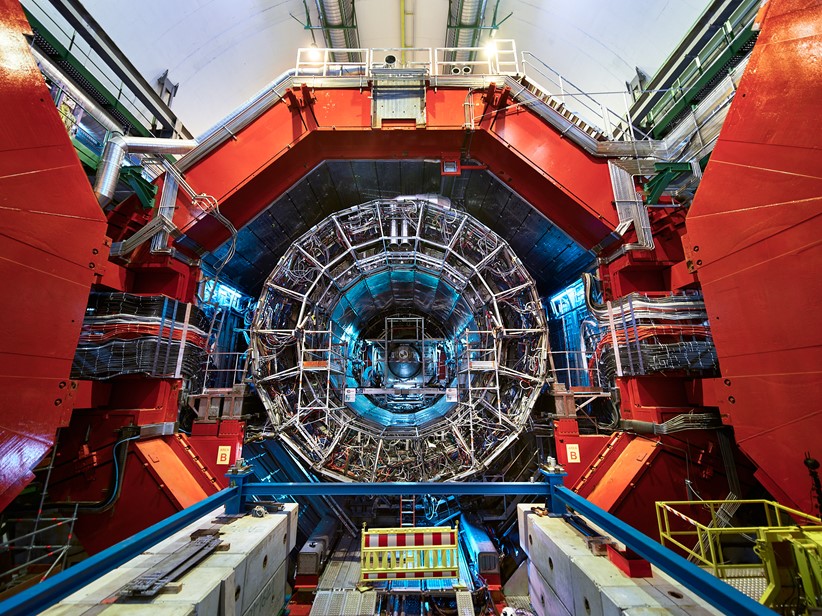Project goal
The goal of this project is to develop quantum algorithms to help optimise how data is distributed for storage in the Worldwide LHC Computing Grid (WLCG), which consists of 167 computing centres, spread across 42 countries. Initial work focuses on the specific case of the ALICE experiment. We are trying to determine the optimal storage, movement, and access patterns for the data produced by this experiment in quasi-real-time. This would improve resource allocation and usage, thus leading to increased efficiency in the broader data-handling workflow.
Project coordinator(s)
Sofia Vallecorsa
Team members
CERN: Sofia Vallecorsa, Fabio Fracas, Costin Grigoras, Latchezar Betev | Polytechnic Institute of Grenoble: Jaques Demongeot | Polytechnic University of Bucharest: Mircea-Marian Popa, Mihai Carabas, George Pantelimon Popescu
Project background
The WLCG has been essential to the success of the LHC’s scientific programme. It is used to store and analyse the data produced by the LHC experiments. Optimal usage of the grid’s resources is a major challenge: with the foreseen increase in the data produced by the LHC experiments, workflow optimisation — particularly for the data-placement strategy — becomes extremely important.
Simulating this complex and highly non-linear environment is very difficult; the complexity of the task goes beyond the capability of the computing hardware available today. Quantum computing could offer the possibility to address this. Our project, a collaboration with the Polytechnic Institute of Grenoble and the Polytechnic University of Bucharest, will develop quantum algorithms to optimise the storage distribution.
Recent progress
In May 2019, this project was awarded one-year funding under the European Union’s ATTRACT initiative. This project, which has the full title of ‘Quantum optimisation of Worldwide LHC Computing Grid data placement’ is one of 19 ATTRACT projects in which CERN is involved. One of the major challenges faced by this project is the difficulty of defining a suitable description of the data set extracted from monALISA, the monitoring and scheduling tool used by the ALICE experiment for grid operations. We have developed a hybrid quantum reinforcement-learning strategy based on the implementation of a quantum Boltzmann machine using the D-wave quantum annealer simulator available in the D-Wave Ocean software suite. We tested our approach with a simplified use case. In addition, we developed a LSTM (log short-term memory) neural network architecture; this is capable of simulating the monALISA I/O throughput with a high level of accuracy.
Next steps
In 2021, we plan to extend this approach to the optimisation of a linear accelerator beam configuration problem in collaboration with the CERN Beams and Accelerators department. We will compare the performance of our quantum model to a classical reinforcement learning approach.
|
Presentations
|
